Blackened Seasoning DIY: Turn Up the Heat with These Sizzling Homemade Blends!
Welcome to the world of DIY blackened seasoning, where bold flavor meets backyard grilling magic. Whether you’re a seasoned chef or a weekend warrior at the grill, crafting your own blackened spice blend is a game-changer for adding depth, heat, and that unmistakable smoky crust we all love.
Table of Contents
- What Exactly Is Blackened Seasoning?
- Why Make It Yourself?
- Your First DIY Blackened Seasoning Recipe
- How to Customize Your Blend
- Top Tips for Perfectly Blackened Dishes
- Buying Guide: What to Look for in Store-Bought Spices
- Conclusion: Spice Up Your Life the DIY Way
What Exactly Is Blackened Seasoning?
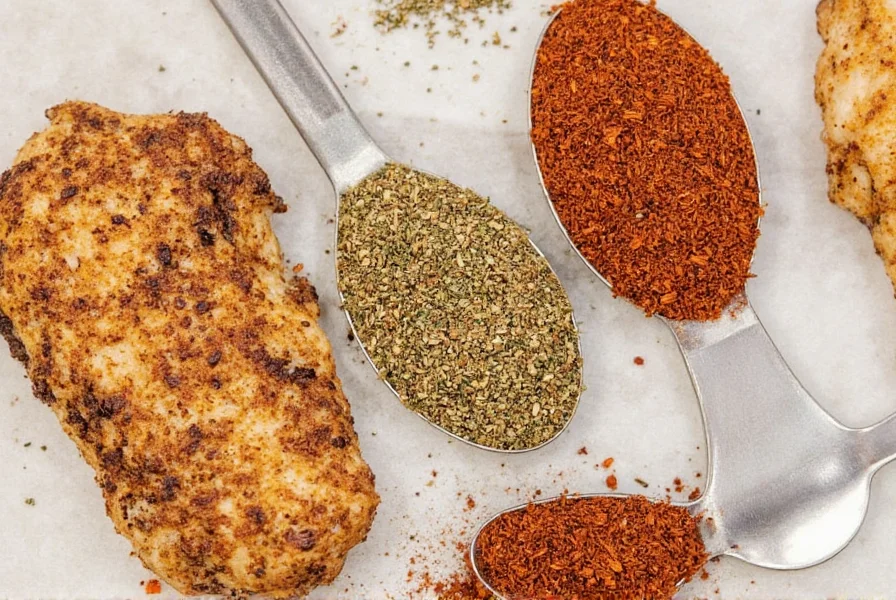
Blackened seasoning is more than just a spice mix — it's a flavor-packed powerhouse traditionally used to coat proteins like fish, chicken, and steak before searing them in a screaming hot cast-iron skillet. The result? A crispy, flavorful crust that’s smoky, spicy, and oh-so-satisfying.
This technique was popularized by Chef Paul Prudhomme back in the 1980s, and ever since, it’s been a staple in Southern and Cajun cooking. While many stores sell pre-made blends, making your own allows for customization, freshness, and better control over sodium and heat levels.
Why Make It Yourself?
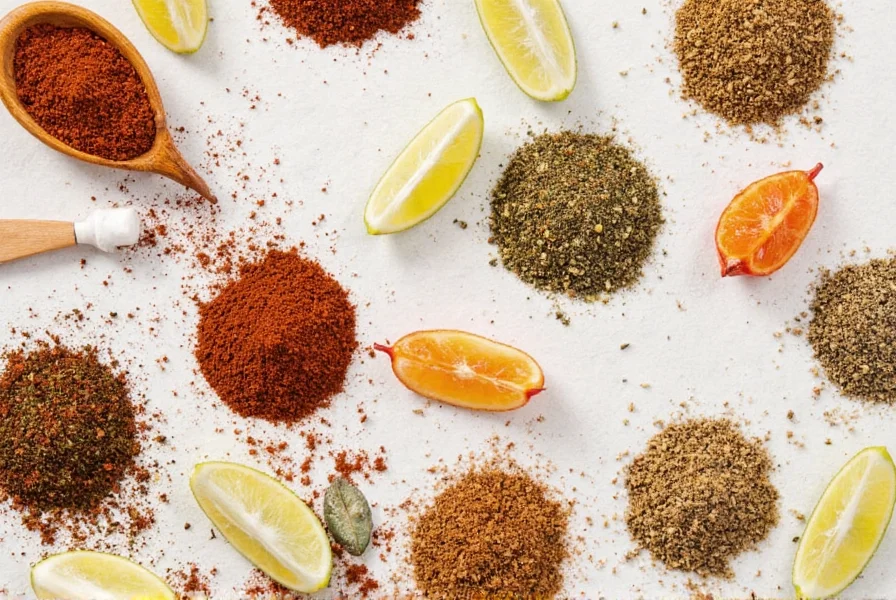
Store-bought seasonings can be convenient, but they often contain fillers, preservatives, or an unbalanced flavor profile. When you make your own DIY blackened seasoning, you get:
- Fresher spices (especially if you grind them yourself)
- The ability to tweak the heat level to your taste
- Control over salt content
- Cheaper long-term cost per use
- A fun, creative kitchen project
Your First DIY Blackened Seasoning Recipe
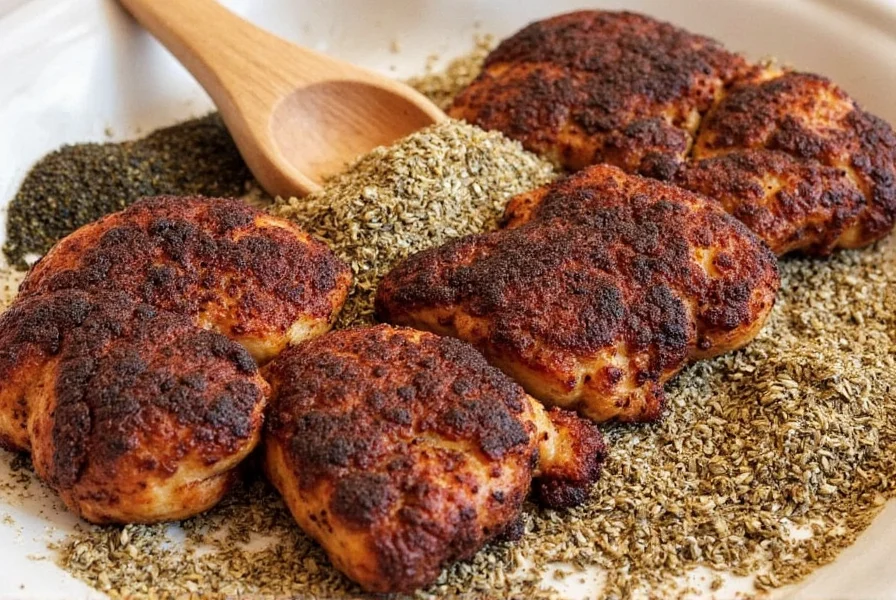
Ready to dive into your first homemade blackened seasoning blend? Here’s a classic starting point that hits all the right notes: smoky, spicy, savory, and a touch sweet.
Classic Blackened Seasoning Recipe
- 2 tbsp paprika (smoked preferred for extra depth)
- 1 tbsp garlic powder
- 1 tbsp onion powder
- 1 tbsp dried thyme
- 1 tbsp dried oregano
- 1 tbsp ground cumin
- 1 tbsp freshly ground black pepper
- 1 tbsp chili powder
- 1 tsp cayenne pepper (adjust for heat level)
- 1 tsp salt (optional or to taste)
Mix all ingredients thoroughly in a small bowl and store in an airtight container. Use within 3–6 months for best flavor.
| Ingredient | Flavor Contribution | Substitution Options |
|---|---|---|
| Paprika (Smoked) | Smokiness & mild sweetness | Sweet paprika (less intense), smoked sea salt flakes |
| Garlic Powder | Umami depth | Granulated garlic or fresh minced garlic (if using wet rub) |
| Chili Powder / Cayenne | Heat & earthiness | Chipotle powder for added smokiness, red pepper flakes |
| Dried Herbs (Thyme, Oregano) | Herbal backbone | Fresh herbs (in oil-based marinade form) |
How to Customize Your Blend
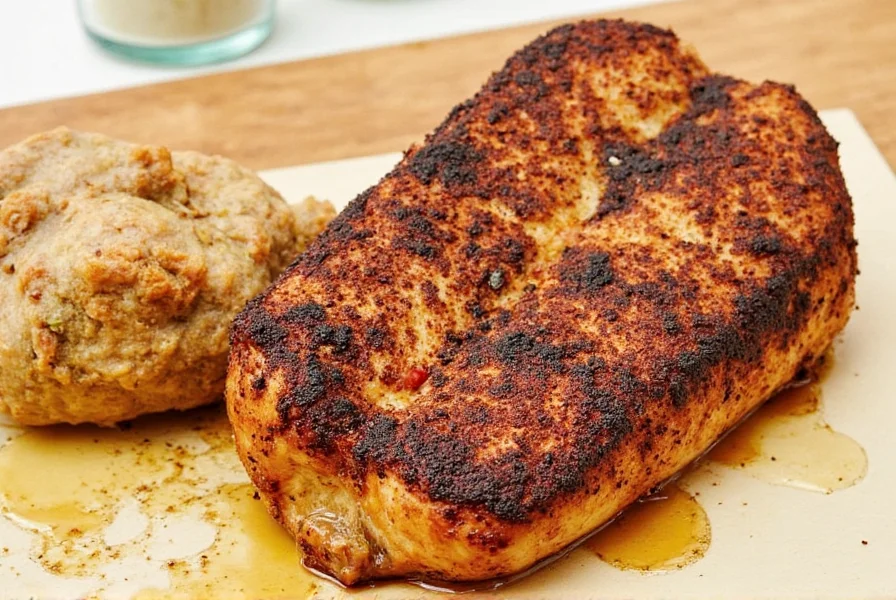
Once you’ve mastered the base, it’s time to have some fun! Here are some easy ways to personalize your DIY blackened seasoning:
- Lemon Pepper Twist: Add lemon zest powder or citric acid + white pepper for brightness.
- Sweet & Smoky: Stir in brown sugar or smoked molasses powder for a hint of sweetness.
- Asian Fusion: Swap oregano for toasted sesame seeds, add five-spice powder, and a dash of ginger.
- Mexican Kick: Include crushed dried chipotle peppers in adobo or taco seasoning for a south-of-the-border flair.
- Mild Family-Friendly: Reduce cayenne and increase garlic/onion powder for milder profiles.
Top Tips for Perfectly Blackened Dishes
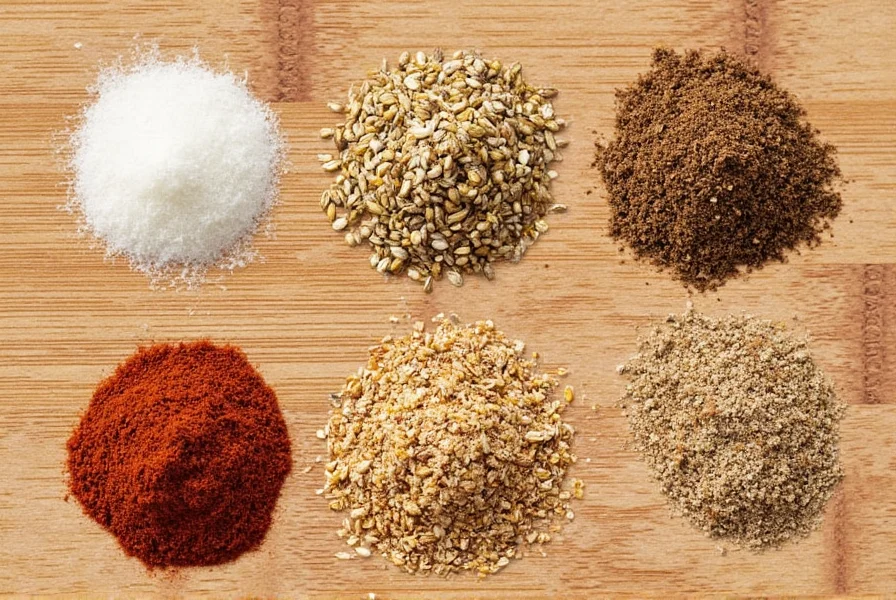
Having the right seasoning is only half the battle — how you cook makes all the difference. Here are a few pro tips to master the blackening technique:
- Use High Smoke Point Oil: Avocado oil, grapeseed oil, or refined coconut oil work best for high-heat searing.
- Cast Iron Is Key: A well-seasoned cast iron skillet holds heat beautifully and helps create that signature crust.
- Pre-Dry the Protein: Pat meat or fish dry with paper towels before applying seasoning to avoid steaming instead of searing.
- Don’t Crowd the Pan: Cook in batches if needed. Crowding lowers the pan temperature and leads to soggy results.
- Keep a Lid Nearby: Blackened seasoning can produce smoke — especially when cooked indoors. Be ready to cover the pan or turn on the exhaust fan.
Buying Guide: What to Look for in Store-Bought Spices
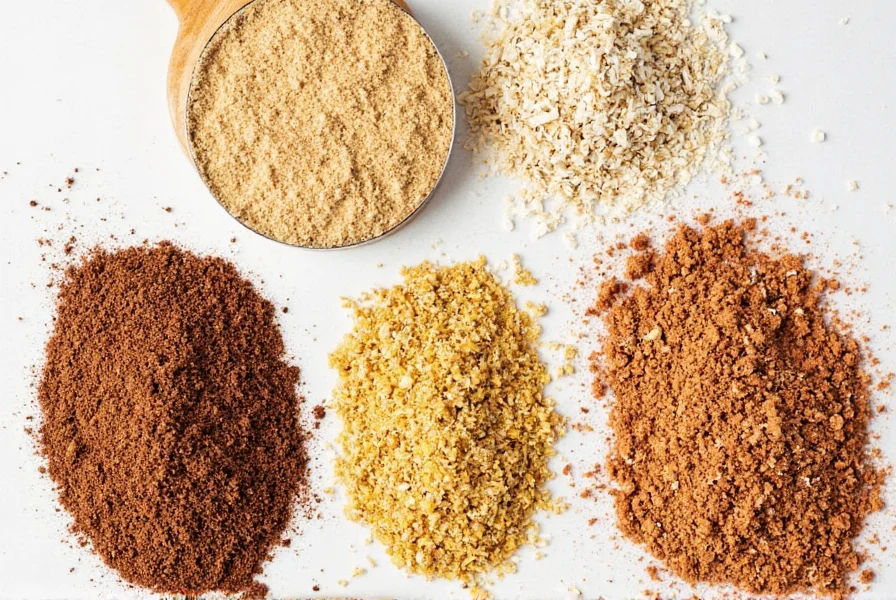
If you're not quite ready to go full DIY, choosing the right store-bought blackened seasoning can still give great results. Here’s what to look for when shopping:
Top Store-Bought Options
| Name | Key Features | Best For | Occasions |
|---|---|---|---|
| McCormick Blackened Seasoning | Well-balanced flavor, no MSG, widely available | Beginners and casual cooks | Everyday grilling, weeknight meals |
| Prudhomme’s Original Blackened Redfish Magic | Invented by the originator himself, premium quality | Seafood lovers and purists | Special seafood dishes, dinner parties |
| Bull-Dog Cajun Blackened Seasoning | Extra spicy, robust flavor, contains salt | Heat-seekers and outdoor grillers | Tailgates, BBQs, camping trips |
| Badia Blackened Seasoning | Gluten-free, contains natural herbs, moderate price | Health-conscious home chefs | Keto meals, low-carb diets |
| Spicewalla Blackened Seafood Rub | Clean label, hand-blended, gourmet feel | Foodies and gift-givers | Gift sets, special occasion meals |
Things to Watch For
- Sodium Content: Check labels if you’re watching salt intake. Some brands pack in extra sodium for preservation.
- Additives: Avoid unnecessary anti-caking agents or artificial flavors unless you don't mind them.
- Whole vs. Ground: If you want to customize later, buy whole spices and grind them yourself for maximum freshness.
- Expiration Date: Spices lose potency over time. Fresher is always better!
Conclusion: Spice Up Your Life the DIY Way
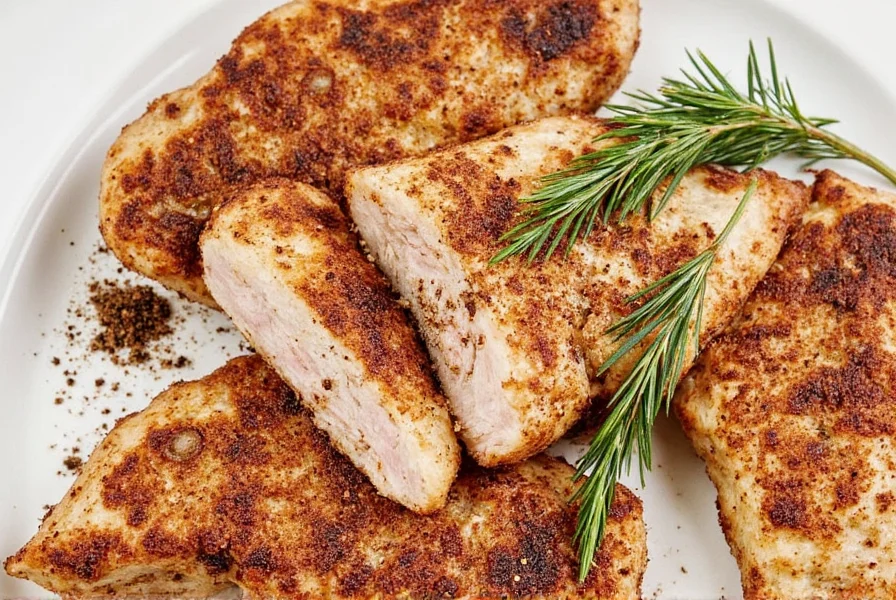
There’s something incredibly satisfying about creating your own DIY blackened seasoning. Not only does it elevate your meals, but it also lets you become more attuned to flavor balance, ingredient quality, and personal preference.
Whether you stick to the classic formula or branch out into custom blends, making your own seasoning opens up a world of culinary creativity. So grab those spice jars, dust off your mortar and pestle, and let the sizzling begin!
Now go ahead — fire up that cast iron and impress your family and friends with your next blackened masterpiece. You’ll never go back to store-bought again!

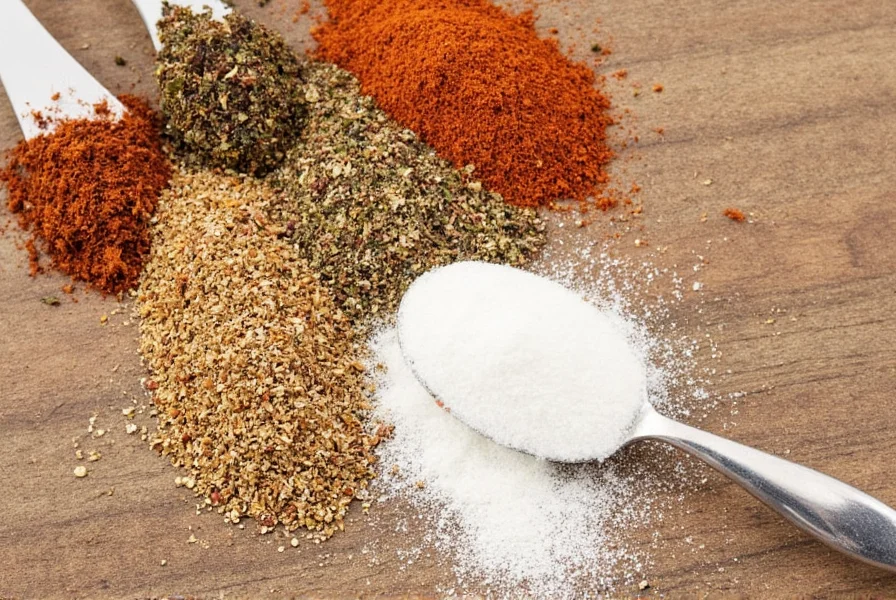









 浙公网安备
33010002000092号
浙公网安备
33010002000092号 浙B2-20120091-4
浙B2-20120091-4